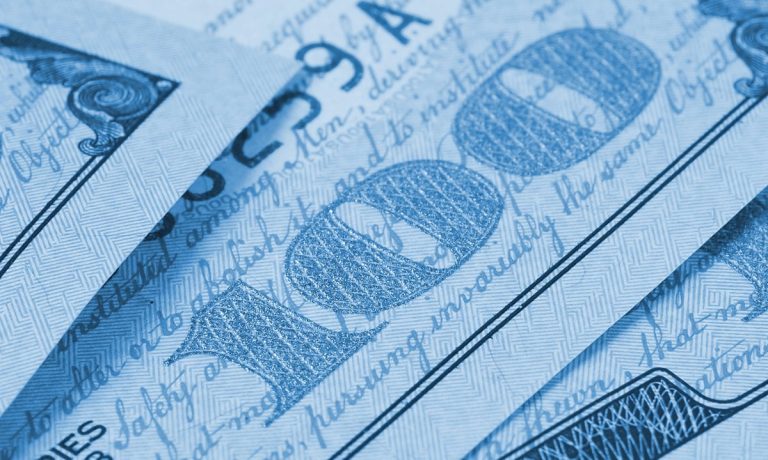
Price hikes in gas, food and shelter led the way to 40-year record high inflation, with the consumer price index — a key indicator of U.S. inflation — hitting 7.9% up from 7.5% in January, according to the Consumer Price Index Summary report released by the U.S. Bureau of Labor Statistics on Thursday (March 10).
Economists surveyed by The Wall Street Journal were expecting a 7.8% inflation rate. Bloomberg economists forecasted a headline number of 7.9%, with the exception of Andrew Husby and Anna Wong of Bloomberg Economics, who were anticipating the report to come in at 8%, with increases up to 10% in the upcoming months.
The CPI measures the prices people pay for goods and services, including groceries, clothes, restaurant meals, recreation and vehicles. Headline inflation refers to overall inflation, while core inflation strips out food and energy.
See also: Inflation Hits 39-Year High With CPI up 6.8%
White House press secretary Jen Psaki said in Wednesday’s press briefing that high inflation was anticipated, in part due to rising energy prices since the start of the year. Another reason was Russian President Vladimir Putin’s military buildup and attack on Ukraine, both of which were “felt in the markets.”
Core inflation — excluding energy and food prices — went up 6.4% in February compared to 6% in January. The gasoline index rose 6.6% in February and accounted for almost a third of all monthly increases, according to the report. The energy index rose 3.5% in February following a 0.9% increase in January.
Read more: Inflation Hits 7%, Highest Level in 40 Years
The food index increased 1%, while the food-at-home index rose 1.4%; both were the largest monthly increases since April 2020. The food-away-from-home index rose 0.4%. The food-at-home index rose 8.6% over the last 12 months, which is the biggest 12-month increase since April 1981.
The all-items index went up 7.9% for the 12 months ending February, a number that has been steadily increasing, with the peak of 8.2% being in 1982.